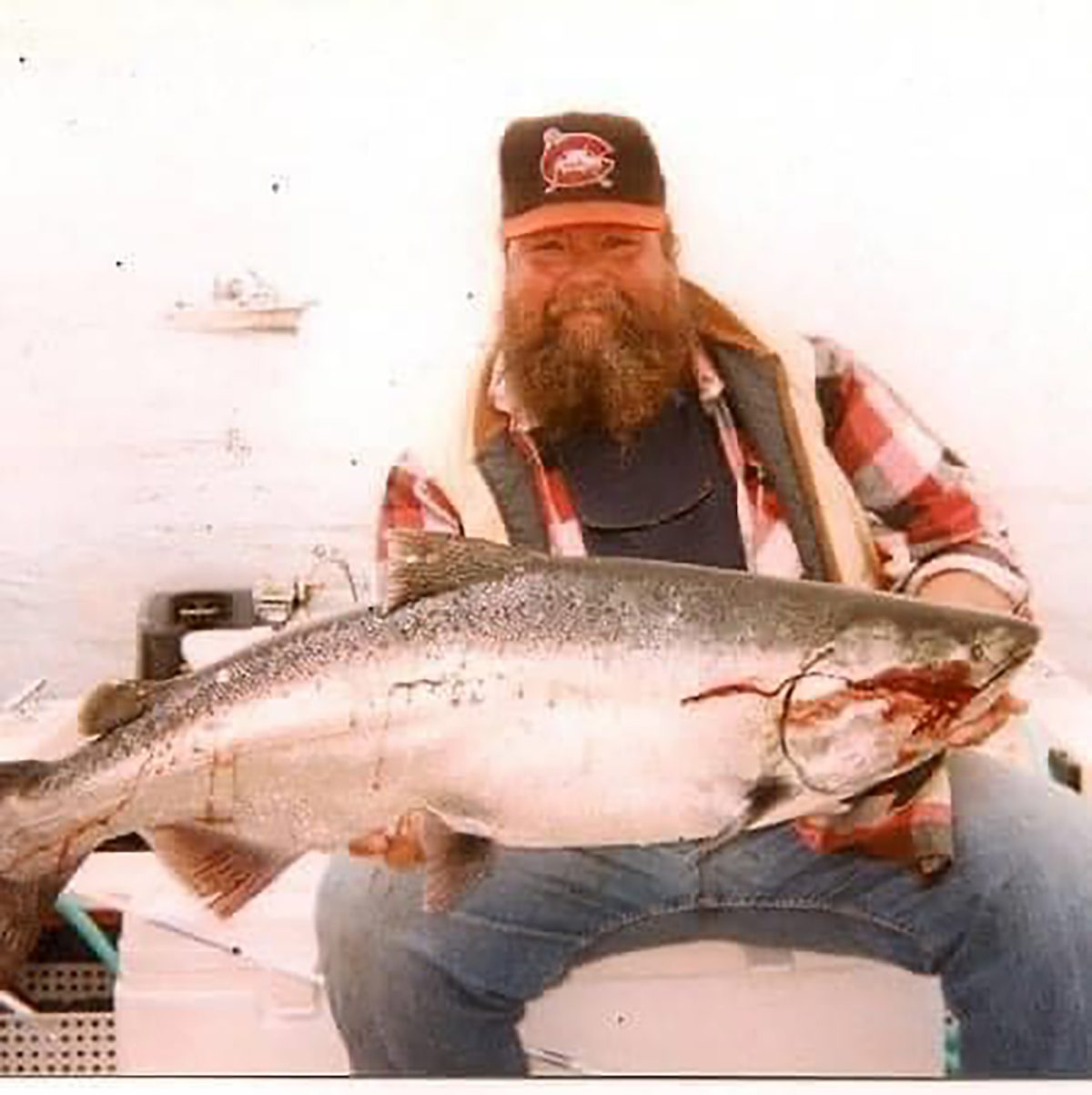There are many ways one could have met Chris Knowles. If you grew up going to the Bolinas-Stinson School in the mid to late . . .
Chris Knowles, mechanic and fisherman, dies at 73


There are many ways one could have met Chris Knowles. If you grew up going to the Bolinas-Stinson School in the mid to late . . .